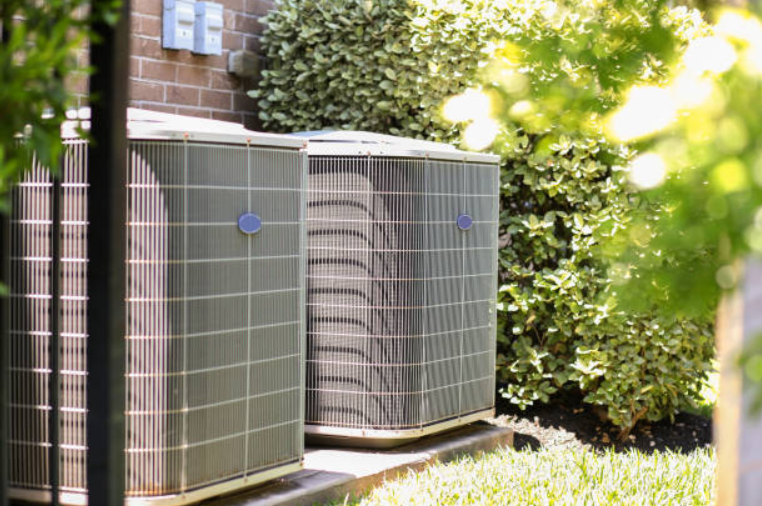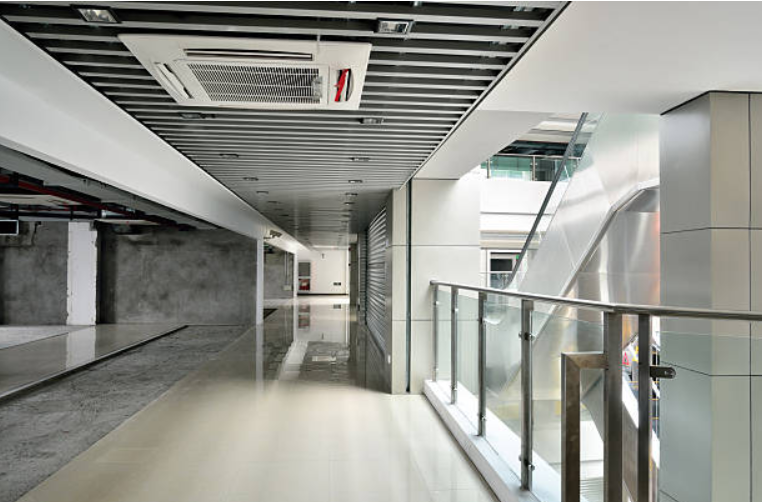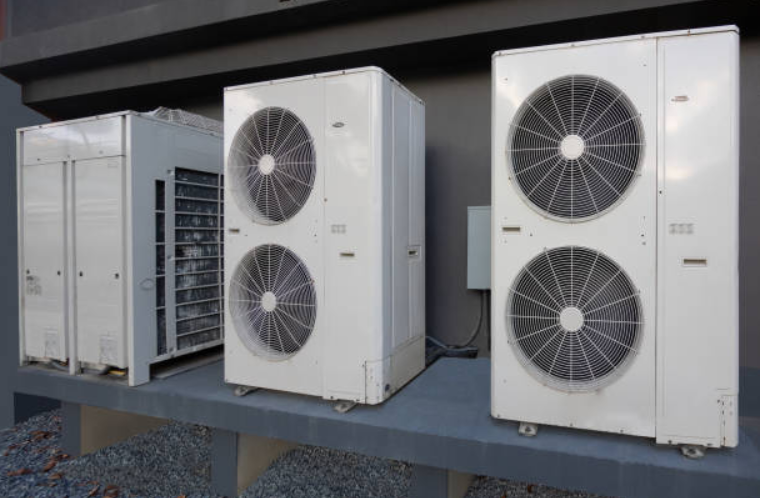10 Proven Strategies to Minimize HVAC Noise

Quiet HVAC systems are an asset in any environment, ensuring comfort and productivity without intrusive sounds. From residential spaces to industrial facilities, minimizing HVAC noise improves energy efficiency and helps maintain a serene atmosphere.
This guide explores practical, proven methods for reducing noise while improving system performance and longevity.
What Causes HVAC Noise?
To effectively address noise issues, it’s important to understand where the sound originates. HVAC systems produce noise from multiple components, each contributing differently to the overall soundscape. Identifying these sources allows for targeted, effective noise reduction strategies.
Compressors
These generate low-frequency vibrations that transfer through structural elements, creating disruptive hums. This is particularly problematic in quiet environments like hospitals or libraries.
Ductwork
Poorly insulated or unlined ducts amplify noise, spreading it throughout buildings. Older or improperly installed systems exacerbate the issue.
Fans
High-speed fans produce airflow noise, which intensifies with dust accumulation or obstructions.
Vibrations
Mechanical vibrations travel through walls, ceilings, and floors, amplifying disturbances in adjacent areas.
Impacts of HVAC Noise in Specific Environments

HVAC noise poses unique challenges across different settings:
- Hospitals: The World Health Organization recommends ambient noise levels in healthcare environments not exceed 35 decibels. Excessive HVAC noise can disrupt patient recovery, create stress, and interfere with medical staff communication.
- Office Spaces: Research shows that noise levels above 50 decibels reduce workplace productivity and concentration. HVAC noise can become a persistent distraction, especially in open-plan offices.
- Manufacturing Plants: Persistent vibration and noise accelerate wear and tear on equipment, reducing efficiency and increasing maintenance costs. In environments where precision machinery is used, vibration can also lead to operational errors.
Understanding these consequences is crucial for selecting noise reduction strategies tailored to specific applications.
Data and Industry Benchmarks
Addressing HVAC noise not only improves comfort but also enhances operational efficiency:
Noise Levels
HVAC systems typically operate between 50 and 70 decibels. Effective solutions like sound attenuators can reduce these levels by 10 to 20 decibels.
Energy Efficiency
Noise often indicates inefficiencies, such as imbalanced fans or misaligned components, which can increase energy consumption by up to 15%.
Equipment Lifespan
Systems with unchecked vibrations experience reduced operational life, leading to more frequent repairs and higher costs.
Once the sources of HVAC noise are identified, targeted strategies can address each issue efficiently using advanced technologies.
10 Proven Methods for HVAC Noise Reduction

The following strategies provide practical solutions to address common sources of HVAC noise effectively. Each method is tailored to specific issues, ensuring comprehensive noise control across different environments.
1. Install Sound Attenuators
Sound attenuators efficiently minimize noise propagation within duct systems by absorbing disruptive sound waves, ensuring quieter airflow in residential and industrial settings. These components are particularly effective in reducing noise transmission through ductwork, which often acts as a conduit for sound.
Designed for flexibility and compatibility, these solutions are ideal for both new installations and retrofits, providing enhanced acoustic performance across a variety of HVAC configurations.
2. Use Acoustic Louvers
Acoustic louvers address noise issues at air intake and exhaust points, ensuring efficient airflow while minimizing sound leakage. These devices are especially useful in urban or residential environments where external noise can disrupt surrounding areas.
Engineered for durability and performance, acoustic louvers are tailored to meet the demands of high-traffic and noise-sensitive spaces. By integrating these solutions, businesses and homeowners can achieve quieter systems without compromising functionality.
3. Apply Vibration Isolation Techniques
Mechanical vibrations are a significant contributor to HVAC noise. These vibrations often originate from compressors, fans, and other equipment, transferring through structural elements to create disruptive sounds.
Vibration isolation solutions, such as spring mounts and absorption panels, address this issue by minimizing contact between equipment and surrounding surfaces.
4. Implement Duct Lining and Wrapping
Duct lining and wrapping offer dual benefits by addressing both internal and external noise from HVAC ducts. Acoustic linings, made from fiberglass or foam, absorb sound waves inside the ductwork, while exterior wrapping prevents noise from escaping into occupied spaces.
To maximize results, it’s crucial to use fire-resistant and airflow-compatible materials. Metal Form Manufacturing offers guidance on selecting and applying the right materials, ensuring both safety and efficiency. This approach is particularly useful in facilities requiring stringent noise control, such as hospitals or laboratories.
5. Regular Maintenance and Inspection
Routine maintenance is a practical yet often overlooked strategy for reducing HVAC noise. Components like fans, bearings, and duct connections can wear down or become misaligned, causing excess vibration and airflow disturbances.
Regular inspections can identify issues like loose parts, imbalanced fans, or blockages. Tasks like lubricating moving components and clearing debris from ducts can significantly reduce noise while maintaining system efficiency. Scheduling professional maintenance ensures comprehensive system checks.
6. Upgrade to Quieter Equipment
Modern HVAC technology prioritizes quieter operation alongside improved efficiency. Replacing outdated equipment with quieter alternatives can significantly reduce noise levels while enhancing system performance.
For example, low-noise fans, advanced compressors, and acoustically optimized ductwork are excellent upgrades. Metal Form Manufacturing provides innovative solutions for quieter systems, helping users achieve long-term noise reduction without compromising performance.
7. Optimize System Design and Layout
Strategic system design can minimize noise propagation from the outset. Thoughtful placement of equipment and ductwork ensures that sound is directed away from occupied areas and reduces its impact.
For instance, installing compressors in low-traffic areas or routing ducts through non-critical spaces can help manage noise. Collaborating with HVAC design experts, like those at Metal Form Manufacturing, ensures that systems are optimized for both functionality and noise control.
8. Install Acoustic Barriers
Acoustic barriers are an excellent solution for blocking or containing noise, particularly in industrial settings. These dense, sound-dampening materials are installed around noisy components, such as large fans or compressors, to limit sound transmission.
Metal Form Manufacturing offers customizable acoustic barrier solutions for various applications. These barriers are ideal for challenging environments requiring robust noise control, such as factories or processing plants.
9. Utilize Soundproof Enclosures
Soundproof enclosures are designed to contain noise generated by specific components, such as compressors or generators. These enclosures use sound-absorbing materials to prevent noise from escaping while maintaining ventilation and easy access for maintenance.
10. Engage Professional Acoustic Consultation
When noise issues persist despite standard solutions, professional acoustic consultation can provide tailored strategies. Experts assess specific system setups, identifying noise sources and recommending advanced methods to address them.
By combining expert insights with high-quality products, users can ensure compliance with noise regulations and maintain optimal system performance.
Quiet Your HVAC Systems with Metal Form Manufacturing
Reducing HVAC noise requires a combination of expertise and advanced solutions. Metal Form Manufacturing specializes in innovative technologies offering tailored approaches for diverse environments. Whether for industrial facilities or residential applications, our solutions deliver quieter, more efficient systems.
Contact us today for more information.
